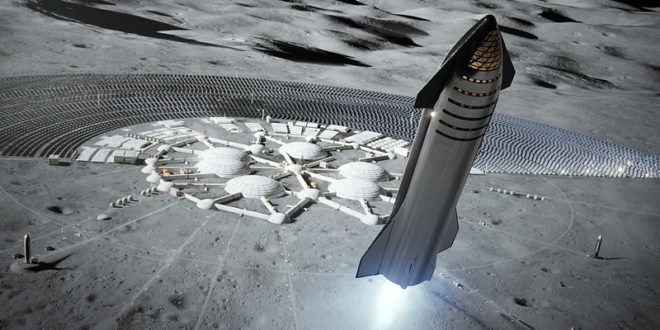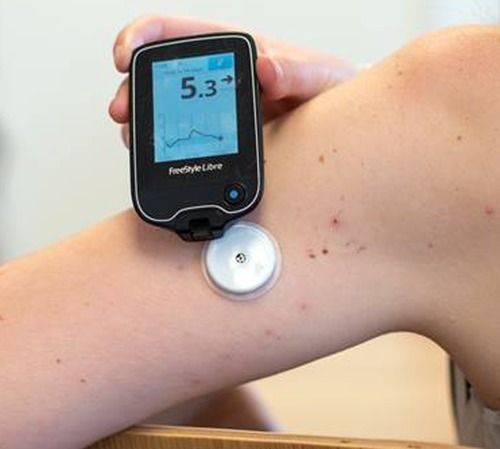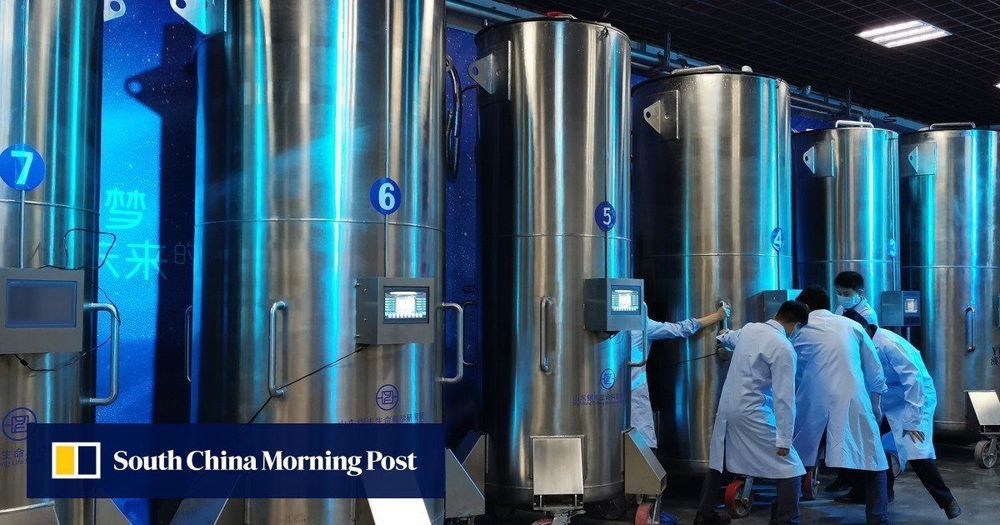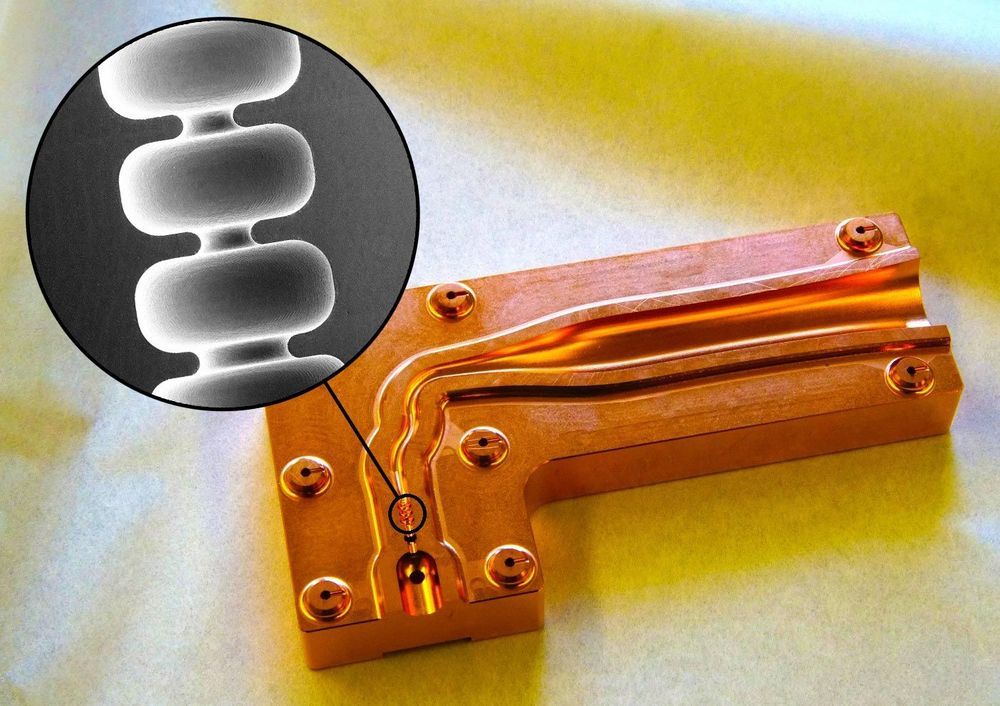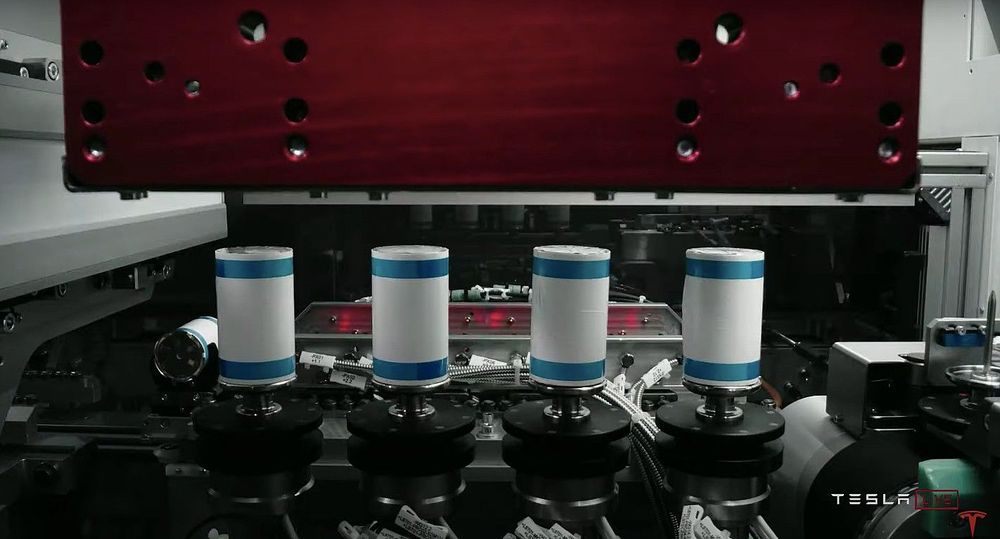The ultimate update on our viral issue, bar none — Sept 8th 2020. Get educated guys and gals — or keep your head in the sand while your errant leaders destroy society around you… wink
DOWNLOAD IT HERE: https://we.tl/t-2HHpYJaz9F — you all have full permission to upload it wherever you want.
Lockdown efficacy analysis papers: https://www.dropbox.com/sh/zg89tdgzkqnk2ep/AACZl8CE6oL1IWG2VuYOQAUea?dl=0
Hope-Simpson’s stunning book: https://www.dropbox.com/s/4yda40j4hf9nbad/11th%20The%20Trans…K.pdf?dl=0
Finally, thank you so much, for what you can do to support me and more importantly — the mission to share good science!
My Patreon Link here: https://www.patreon.com/IvorCummins
For monthly donation to support me directly, or give a one-off payment — simply use the following link: https://www.tinyurl.com/IvorCummins

 Berlin, 27 September 2020. – A New York bankruptcy judge has sent OneWeb’s Chapter 11 plan for creditor vote and approved OneWeb’s financing plan, Law360 reported.
Berlin, 27 September 2020. – A New York bankruptcy judge has sent OneWeb’s Chapter 11 plan for creditor vote and approved OneWeb’s financing plan, Law360 reported.